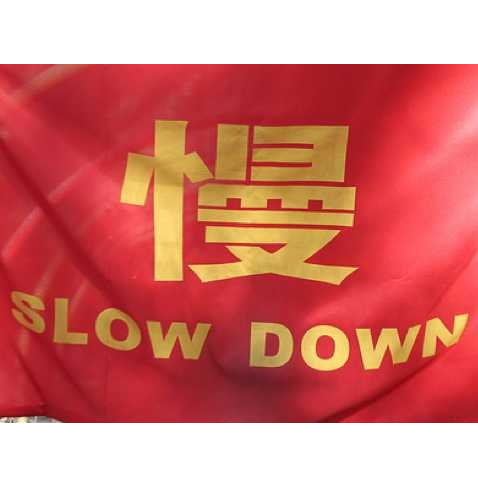In the mid-1970s the US and Europe were mired in recession as loose monetary policy in the 1960s, soaring oil prices, and many years of US spending on both the Great Society and the Vietnam War forced the US into an ugly adjustment. Instead of succumbing to reduced global demand, however, developing countries, flush with cheap capital driven by international banks eager to recycle burgeoning petrodollar deposits, intensified a developing-country investment binge that had already driven a decade of high growth for many countries. While the West suffered, they continued to grow, and for perhaps the first time in modern history excited bankers and businessmen spoke ecstatically about the decoupling of the developing world from growth problems in the US and Europe.
But the end result should have been predictable. Developing-country debt levels soared throughout the late 1970s, and once the Fed, concerned with US inflation, turned off the liquidity tap, excessive debt forced much of the developing world, and all of Latin America, into a “lost decade” of low growth, high unemployment, political turmoil and financial distress. In the 1970s of course the big capital push behind the surge in investment was driven by soaring savings in the Middle East, as oil revenues rose much faster than the ability of Middle-Easterners to increase consumption. Today the big capital push is driven by soaring savings in China, as structural constraints cause China’s production of goods and services to rise much faster than China’s ability to consume them.
The result is that over the next few years global demand will be even weaker than it has been since the crisis. Consumers in North America, peripheral Europe, and the newly rich middle classes around the world are still cutting back on consumption to pay down debt. Investors in China, Latin America and Asia are finally responding to overcapacity and soaring debt by themselves cutting back on investment. But if we all cut back our spending to service our debts, paradoxically, our debt burdens will only rise, and the great danger is that rising debt burdens will force us to cut back even more, thus making the debt burden worse (and, by the way, forcing at least some countries, in both the developing world and in Europe, to default).
…Two processes bear most of the blame for weak demand. First, because the rich consume less of their income than do the poor, rising income inequality in countries like the US – and indeed in much of the world – automatically force up savings rates. Second, policies that forced down the household income share of GDP, most noticeably in countries like China and Germany, had the unintended consequence of also forcing down the household consumption share of GDP. This income imbalance automatically forced up savings rates in these countries to unprecedented levels.
For many years the excess savings of the rich and of countries with income imbalances, in the form of capital exports in the latter case, funded a consumption binge among the global middle classes, especially in the US and peripheral Europe, letting us pretend that there was not a problem of excess savings. The 2007-08 crisis, however, put an end to what was anyway an unsustainable process.
…These are the two paths the world faces today. As the developing world cuts back on wasted investment spending, the world’s excess manufacturing capacity and weak consumption growth means that the only way to increase productive investment is for countries that are seriously underinvested in infrastructure – most obviously the US but also India and other countries that have neglected domestic investment – to embark on a global New Deal…Expect developing country woes only to get worse over the next two to three years.
Pettis: Emerging markets crisis is GFC 2.0
Advertisement
About the author

David Llewellyn-Smith is Chief Strategist at the MB Fund and MB Super. David is the founding publisher and editor of MacroBusiness and was the founding publisher and global economy editor of The Diplomat, the Asia Pacific’s leading geo-politics and economics portal.
He is also a former gold trader and economic commentator at The Sydney Morning Herald, The Age, the ABC and Business Spectator. He is the co-author of The Great Crash of 2008 with Ross Garnaut and was the editor of the second Garnaut Climate Change Review.
Advertisement

